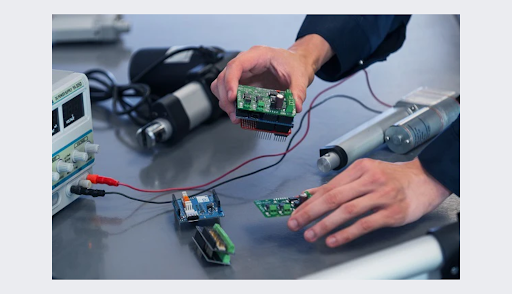Actuators are rapidly emerging as a key driver of innovation across a range of industries, from manufacturing and logistics to healthcare and transportation. These devices convert electrical or mechanical energy into physical motion, enabling machines and systems to perform a wide range of tasks.
One of the most exciting applications of actuators is in the field of robotics. With the ability to provide precise, controlled movement, actuators are essential for the development of robots that can perform complex tasks in a variety of environments. From assembly line robots in manufacturing to surgical robots in healthcare, actuators are enabling a new era of automation and efficiency.
Another area where actuators are making a significant impact is in the Internet of Things (IoT). As the number of connected devices continues to grow, actuators are playing an increasingly important role in enabling these devices to interact with the physical world. For example, actuators can be used to control everything from smart thermostats and lighting systems to industrial machinery and transportation systems.
In addition to these applications, actuators are also being used in a variety of other areas, including automotive systems, aerospace and defense, and consumer electronics. In each of these fields, actuators are enabling new levels of performance and functionality, as well as greater efficiency and reliability.
As the pace of technological innovation continues to accelerate, actuators are likely to play an increasingly important role in driving new advances and breakthroughs. From robotics and IoT to healthcare and beyond, these devices are opening up new possibilities for automation, efficiency, and performance. As researchers and engineers continue to explore the potential of actuators, we can expect to see even more exciting applications emerge in the years ahead.





